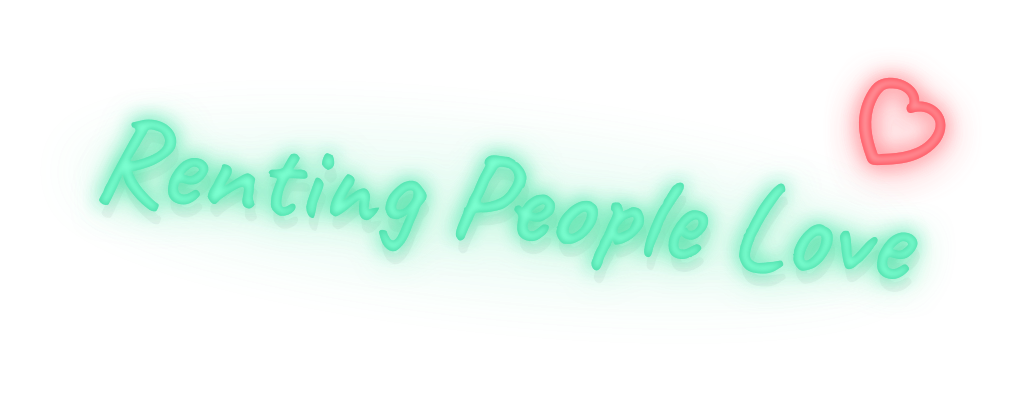Property Management
Landlord-Tenant Relationships
Renew Or Replace: The True Costs Of Tenant Turnover For Rental Homeowners
Last Updated Jun 20, 2024


It takes an investment of time and money to secure great residents in your rental home. When it comes time for them to leave, that process resets. Sometimes there are costs you can save on the next time around but there could be other unforeseen costs you didn’t expect.
Prevention is better than the cure. Treating your residents well and minimizing their complaints can go a long way in keeping reliable rental income and stable cash flow. But when vacancies can’t be avoided, there are cost-efficient ways you can handle tenant turnover.
In this guide, we’ll look at some of the FAQs around tenant turnover and how to handle it efficiently, based on how you manage your rental home.
What’s the average cost of tenant turnover?
The cost to replace a resident in your rental home in the US can cost anywhere from $1,000 - $5,000. A recent report from Zego found that the average turnover cost in 2023 was $3,872.
The costs a homeowner needs to prepare for when turning over a rental home can vary greatly. The biggest expense is the loss of rental income. You’ll be incurring costs without the income stream of rent until the home is occupied again.
Then there are the hard costs of preparing the home for new residents. The age, condition and location of the rental home will influence costs, as well as how the home is managed. If your home is immaculate, well priced and in demand, the costs will be much lower than a home that needs repainting or extensive repair work.
What turnover costs should I budget for as a self-managing landlord?
If you manage the home yourself, you will need to invest your own time and resources or pay contractors to assist with:
- Move-out inspection to check for wear and tear or damages
- Refund or claim against the vacating resident’s security deposit
- Deep cleaning and any repairs needed (this may come out of a security deposit)
- Maintenance and servicing or replacement of appliances as needed
- Marketing costs including photography, videos and online listings
- Inspections and showings of the home
- Tenant screening and background checks
- Preparing and signing a legal lease agreement
- Travel to and from the property
- Administration and document keeping for tax purposes
Good documentation is key in keeping your costs down. Take photographs at every inspection to monitor for damages and have written invoices to make sure you can claim accurate repair and cleaning costs from the security deposit. Investing in good photography when the house is empty can also reduce your long-term marketing costs when reletting.
If you have kept good records when preparing your home for the rental market, you also should face too many surprises in the costs you will incur. Plan to set aside this amount again as a budget to cover turnover.
Related: How to Manage Accounting as a First-Time Landlord: 5 Best Ways
What turnover costs should I budget for with property management?
If you hire a property management company, you will likely need to pay a lease renewal fee if your tenants stay on. This should cost around $100 - $500 depending on the company you work with. Some also charge fees for inspections or to prepare any documents you need for tax.
If your tenant moves out, be aware that there are extra fees that you may need to budget for. Costs and monthly inclusions vary between management companies but common charges include:
- Setup fees for onboarding residents
- 100% of the first month’s rent as a placement fee
- Inspection fees
- Advertising costs, with some charging extra for video
- Preparation of documentation for tax purposes
- Fees for coordination of work orders and maintenance
- 50 - 100% of the last month’s rent as a lease up fee may be charged to include some of the above
What’s a lease up fee?
Sometimes the fees mentioned above are wrapped up in what property managers call a ‘lease up fee’. A lease up fee could be a flat fee or anywhere from 50% - 100% of the last month’s rent to cover the costs of turnover. Be sure to check what is included to determine whether it’s an efficient way to turnover your rental home.
Let’s say you’re offered a low property management rate of 6% on your rental home (e.g. $1,440 fee on a home rented at $2,000 per month/$24,000 per year).
If a lease up fee is included at 50% of one month’s rent, this would add $1,000 to your bill. If the home was turned over after 12 months, the actual management fee would be 10.16%. If it turned over after 24 months, it would be 8.08%.
This is one of the sneaky ways property management fees can hide true costs. When researching local property management companies we have seen some that charge for vacant homes or add-ons such as $150 for every walk-through or showing, $100 for redirecting mail and $200 per hour for any service not outlined in their fees. These can quickly add up at a time when you’re forgoing passive income, so be sure to read the fine print.
How does Belong manage resident turnover more efficiently?
If your home is looked after by Belong, you won’t need to worry about nasty surprises when your lease is up. For starters, we take such good care of our residents that 82% renew their 1-year lease. And with no lease renewal fees, keeping great people in your home won’t cost you a cent.
If it is time for your residents to move on, we will get to work on finding new people to love your home like their own. We won’t charge any setup fees, lease up fees, fees for advertising or taking photos/videos, inspection fees or charge for essential tax documentation. And our placement fee is just 60% of your first month’s rent, so you will start earning rental income straight away (which is then guaranteed for the lease).
Let Belong take better care of your residents
With Belong, your rental home and residents are in good hands. Belong is a proptech company on a mission to fix long-term renting by focusing on modern innovation and services that support everyone.
Belong residents get access to 24/7 support, an app for easier maintenance requests and complaint resolution, access to renter’s insurance, and the benefits of a 10,000+ strong vendor network. It’s why Belong homes find residents quickly and keep them for longer.
See why thousands of US homeowners are ditching outdated Property Management in San Francisco, Austin, San Diego, Los Angeles, Tampa, Jacksonville, Orlando and more.
Disclaimer: We don’t enjoy using the words ‘tenant’ and ‘landlord’. We prefer to refer to members in our network as homeowners and residents, since we’re on a mission to upend and redefine the traditional landlord-tenant relationship. That said, for clarity on financial matters and to support those searching for traditional terms, we have used them in this article. This article should not be considered legal or financial advice, please consider your own personal circumstances before making any decisions on your rental home.
About The Author
Melanie Kershaw
Mel Kershaw is a Content Lead at Belong. With an extensive background working with technology companies including Eventbrite and Yelp, she’s always looking for ways to create educational and informative articles that simplifies tech and solves problems for her audience.




